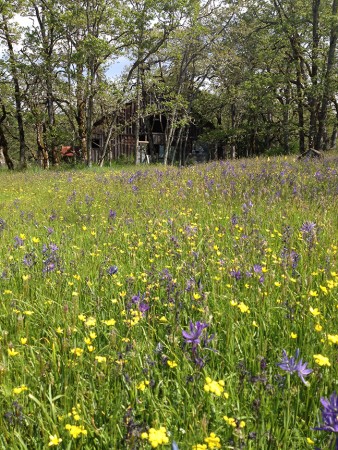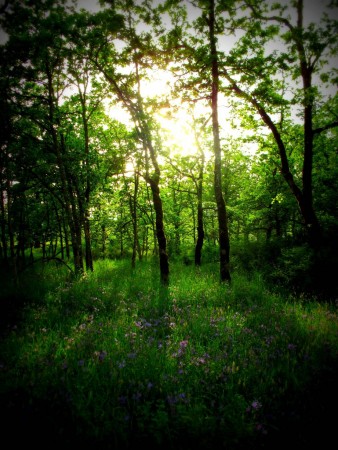A new model developed by an international team including a University of Guelph researcher will help better understand and manage threatened ecosystems, says integrative biology professor Andrew MacDougall.
The research was published today in the journal Nature.
MacDougall was the only Canadian among the 26 researchers from five continents involved in the seven-year-long study of plant diversity in grasslands worldwide.
They tested a new model for describing how species richness — or variety of plants and animals — relates to biomass production, or amount of plant material, MacDougall says.
Their complex model includes numerous variables, including numbers of species, environmental factors and biomass production.
Past models have been overly simplistic, he said.
“It’s like trying to understand the complexities of love in human relationships: everyone can talk about it, but truth can sometimes be elusive and, indeed, highly subjective. And it’s remarkably hard to accurately test.”
The study included 1,126 grassland plots located on 39 sites around the world, including Germany, the Netherlands, Ireland, the United Kingdom, Australia and North America.
MacDougall was involved in field collection in Garry oak savannah on Vancouver Island.
The new  model proved 10 times more accurate than existing methods, the study found.
model proved 10 times more accurate than existing methods, the study found.
Researchers were surprised to find that biomass accumulation does not affect species competition for resources as previously believed. Another surprise was the effect that environmental factors such as climate have on production.
“Overall, it’s a quantum improvement in both understanding and predicting richness and production in ecosystems,” MacDougall said.
“It improves our chance to foresee the possible consequences of the human alteration of environmental factors, productivity and diversity that is occurring around the world.”